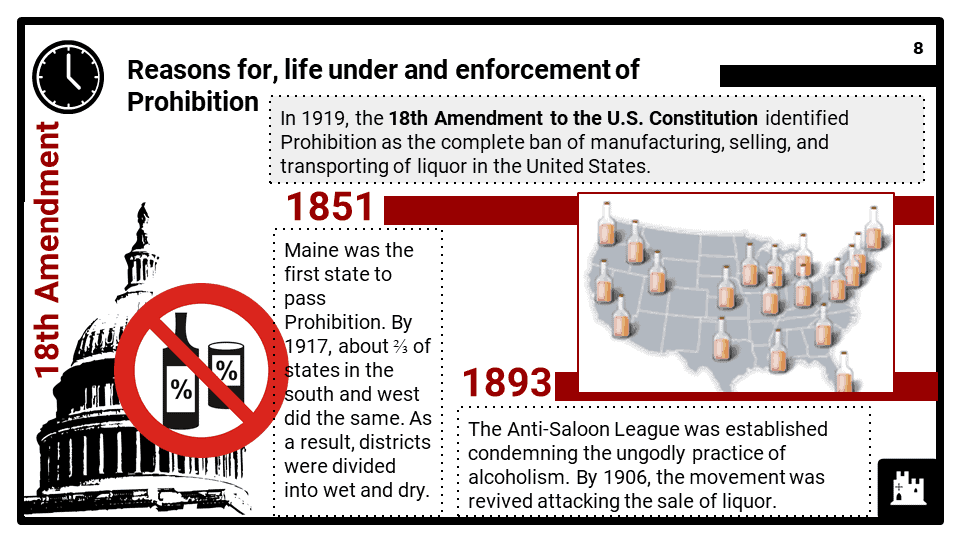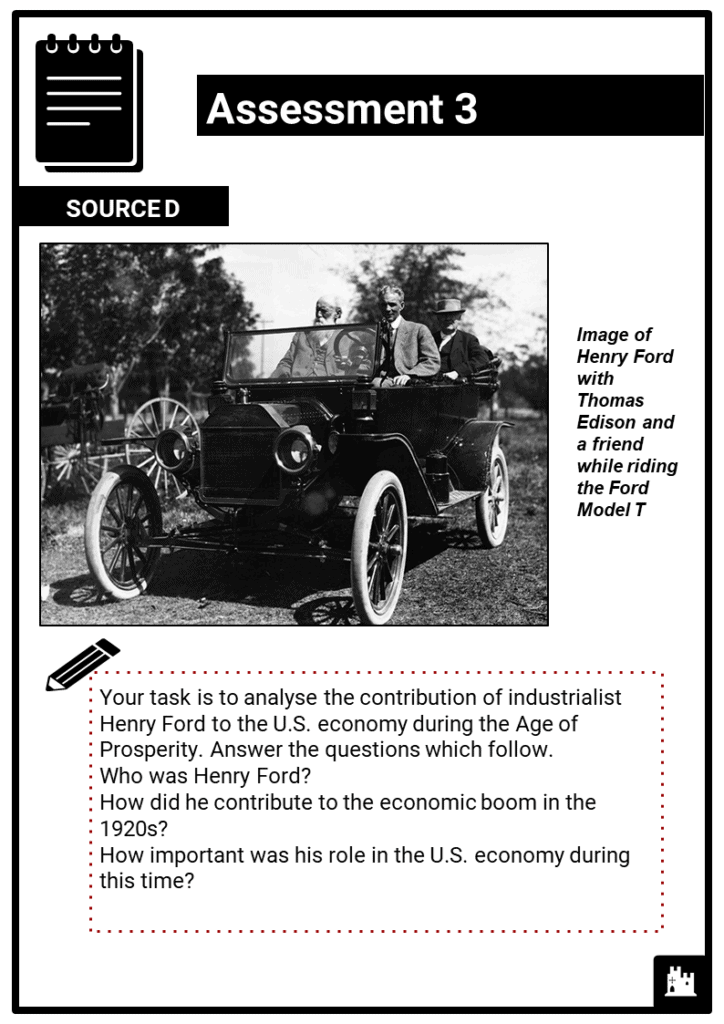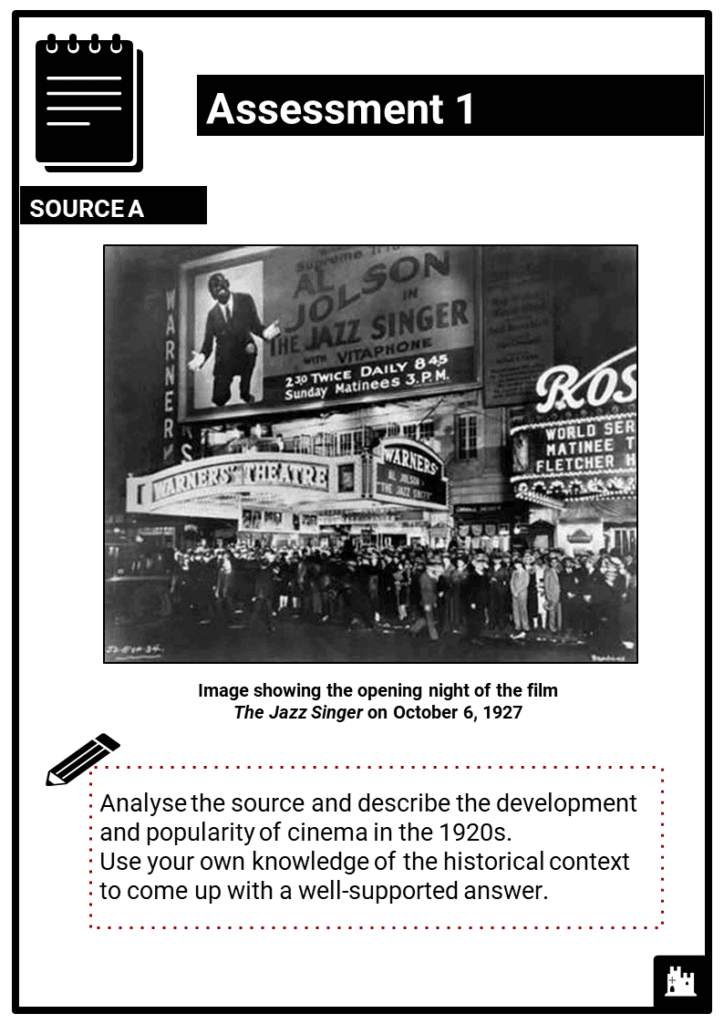Teach any WJEC module : The USA – A Nation of Contrasts, 1910-1929, no prep needed!
Do you want to save dozens of hours in time? Get your evenings and weekends back? Be fully prepared to teach any WJEC GCSE topic?
Every WJEC topic is covered, and each module comes complete with:
Unit 2: Studies in Depth – History with a European / world focus
Written examination: 1 hour 25% of qualification 50 marks (plus 3 marks for spelling, punctuation and grammar and the use of specialist language)
Learners study one Study in Depth from four options in total. This unit focuses study on a substantial and coherent short time scale in the history of a society in Europe or the wider world. This unit will provide learners with the opportunity to understand the complexity of a society in the history of Europe or the wider world more effectively. This unit also allows learners the opportunity to study history within a wider geographical context. This unit encourages learners to use a wide range of historical sources. Learners will also have the opportunity to create a variety of historical responses.
Unit 2: Studies in Depth
Sub-section: History with a European / world focus
Module: 2B The USA: A Nation of Contrasts, 1910-1929
This option focuses in-depth on selected themes and issues relating to the history of the USA between 1910 and 1929. Candidates will be required to consider the main problems and challenges facing American society during the period, the major economic problems and the development of American culture and society. Candidates should develop an awareness of how aspects of life in the USA in this period have been represented and interpreted and they should also address the key questions in each topic area using a range of historical sources. The required content below shows which key features and characteristics of the period must be studied.
Key Questions and Required Content
- Immigration: Why did immigration become such a major issue in American society?
- The Open Door policy; demands for restriction; government legislation; the growth of xenophobia; events connected with anarchists: the Red Scare, Palmer Raids, the Sacco and Vanzetti case.
- Religion and race: Was America a country of religious and racial intolerance during this period?
- Religious fundamentalism and the Bible Belt; the Monkey Trial; the treatment of Native Americans; segregation, the Jim Crow laws and the KKK; black reaction: migration, the NAACP and the UNIA.
- Crime and corruption: Was the 1920s a decade of organised crime and corruption?
- Reasons for, life under and enforcement of prohibition; organised crime - Al Capone, St Valentine’s Day Massacre; corruption: Harding, the Ohio Gang and the Tea Pot Dome scandal.
- Economic boom: What were the causes of the economic boom experienced in the 1920s?
- America’s economic position in 1910 - assets and natural resources; economic impact of the First World War; hire purchase; electrification; mass production; laissez-faire, individualism and protectionism.
- The end of prosperity: What factors led to the end of prosperity in 1929?
- Overproduction; falling consumer demand; boom in land and property values; over speculation; the Wall Street Crash : panic selling, Black Thursday, market crash.
- Popular entertainment: How did popular entertainment develop during this period?
- Advent of silent movies; popularity of the cinema and movie stars; advent of the talkies; changes in popular music including jazz; impact of radio and gramophone; dancing and speakeasy culture.
- Role of women: How did the lifestyle and status of women change during this period?
- Role of women in the pre-war years; impact of First World War; changing political attitudes; the influence of Jazz culture; flapper lifestyle and feminism; new fashions; opposition to the flapper lifestyle.






